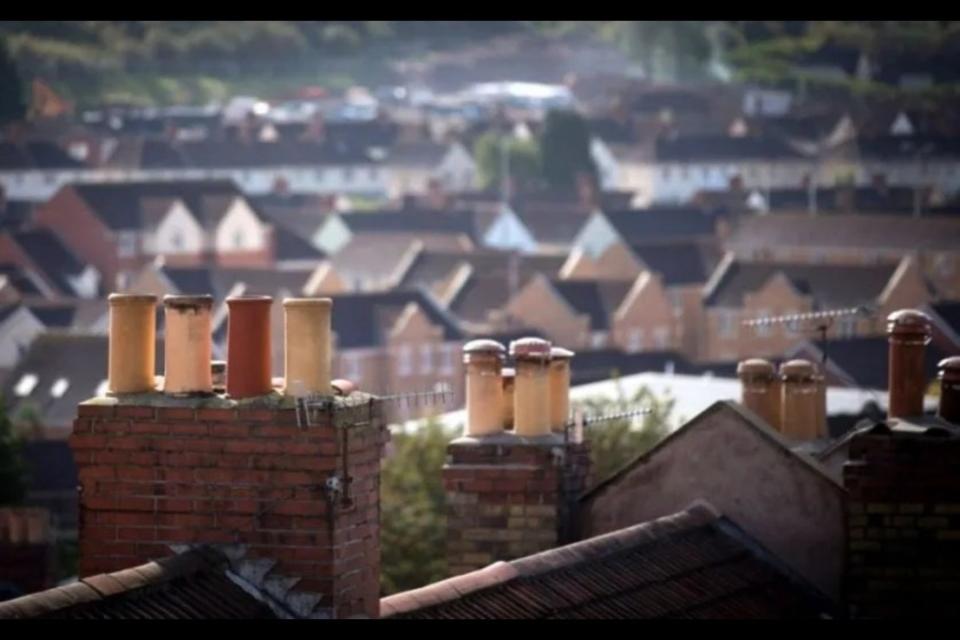Yes in my backyard! It’s time to get London building

In JG Ballard’s High-Rise, life in a pseudo-luxury tower block disintegrates into atavistic violence with residents of different floors battling for territory and against the rigid class divisions the building itself imposes on them. London hasn’t quite reached this stage, but like all dystopias the novel magnifies a basic truth – that the urban environment in which we live shapes everything we do.
London’s housing shortage is the root cause of almost every political and economic challenge the city, and therefore the country faces. City A.M. readers don’t need to be told that keeping a roof over your head is expensive, but the figures are worth repeating because they are so hard to believe. Average house prices in almost every London borough are more than 10 times average annual salary. In Kensington and Chelsea that ratio rises to 34 but even in less aspirational areas like Merton and Barnet it’s as high as 15. And that’s for those lucky enough to be able to get on the ladder. Renters aged 16-24 can expect to spend 44 per cent of their income on housing, making it all but impossible to save for a deposit.
This constrains growth, damages London’s international competitiveness, stifles innovation and makes life in the world’s greatest city less affordable and less joyful than it should be. But though the consequences of this crisis are multifaceted, the cause is simple: it’s a textbook supply and demand problem. London will need 1.8m new homes by 2040 to keep up with population growth, yet at present the capital delivers 40,000 fewer homes a year than it needs. We just need to build more bloody houses.
And it’s not just housing: office space, retail and infrastructure are all being held back by a planning system that makes it all but impossible to build anything in Britain.
Both main parties have committed to building more than a million homes over the course of the next Parliament. But the official target of 300,000 new homes a year has never been met and the pipeline of new houses for London is at its lowest level since records began.
To reverse this decline and prevent the country sliding further into a Ballardian state of decay, the next government will need to be ambitious in the scale of its reforms and steadfast in its determination to take on the forces of Nimbyism that are holding Britain back. That’s why today, City A.M. is launching its campaign to get London to say “Yes in my back yard”. Over the next week, we’ll be covering all aspects of the housing crisis, from its origins to the policy solutions we need to Build Baby Build.

 Yahoo Finance
Yahoo Finance 